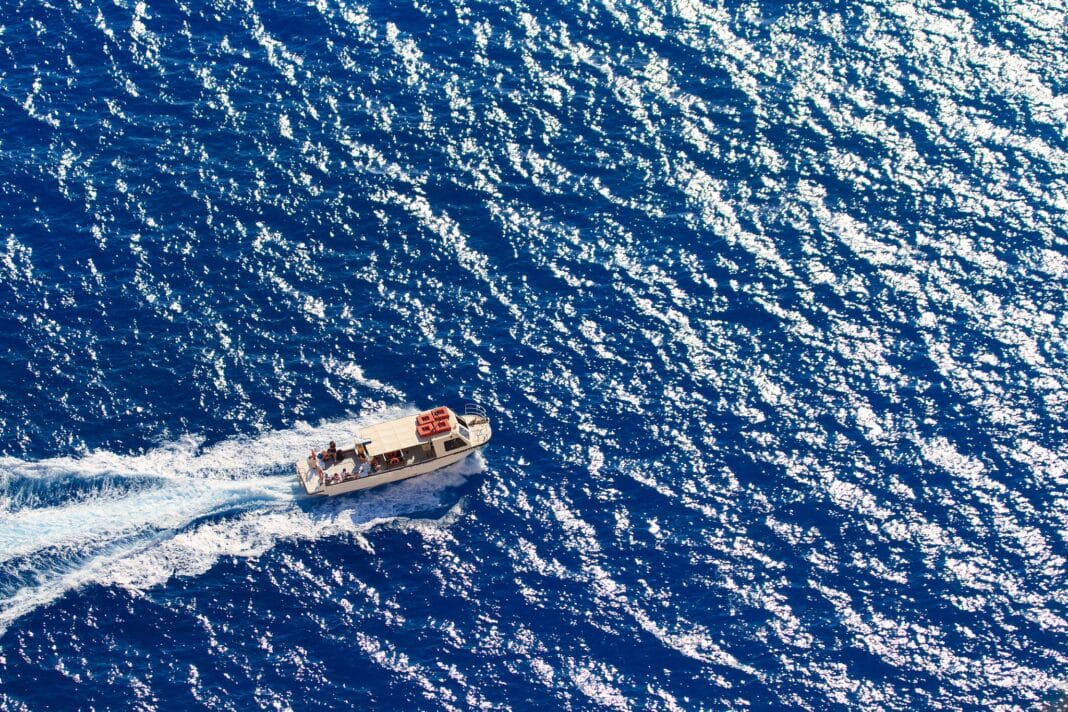Boating is an exhilarating experience, but safety should always be a top priority. And that’s where the float plan comes in–your key to a worry-free boating adventure.
In this must-read blueprint, we’ll delve into the ins and outs of float plans, including why they’re essential, what to include, who should have one, and how to create this crucial document.
Why Every Boater Needs a Float Plan
Every boater, from seasoned sailors to weekend cruisers, should have a float plan. Essential for longer trips or open waters, it’s a vital safety measure that shows responsible boating practices.
Consider a float plan as your boating GPS–it outlines all the important details of your trip. It’s your lifeline in case of an emergency or unexpected delay.
Be Ready for Anything
In unpredictable waters, a float plan can save your life. Rescue teams will have all the necessary information to respond quickly and effectively.
Stay Connected
Sharing your float plan with someone on land ensures that there’s always someone aware of your plans. They can sound the alarm if you don’t return on time, triggering a timely response.
Manage Risks
Let’s face it–boating comes with risks. But by sharing your plans, you give authorities the best chance of finding you if something goes wrong.
Preparing for a safe voyage begins with a comprehensive float plan. Don’t set sail without including these essential details:
Detailed Breakdown of Float Plan Components
From personal details and boat information to communication strategies and alternative routes, a thorough float plan is vital to ensuring a smooth and secure adventure on the open waters.
Personal Details
Include full names, contact information, and any pertinent medical information for all passengers. After all, safety comes first.
Boat Info
Make, model, registration number–these are critical in case of an emergency. Also describe the boat’s features, size, and standout color to make it easier to spot in any situation.
Trip Particulars
Don’t leave anything to chance. Clearly state your departure point, planned route with waypoints and stops, and expected return time.
Communication Plan
In case of communication breakdown, have a well-equipped vessel with onboard communication equipment like VHF radios or cell phones. Make sure to also have emergency contact information for both onshore and on-water communication.
Equipment Inventory
Safety should always be top priority. List all necessary safety gear such as life jackets, flares, and first aid kits to ensure a smooth journey.
Crew Roster
Names and contact information for all aboard. Assigned roles and responsibilities to ensure a smooth voyage.
Alternative Routes and Contingency Plans
Be prepared for any unexpected changes in weather or itinerary.
Weather Wisdom
Stay informed of the forecast and plan accordingly.
How to Create a Float Plan
The safety of any voyage, especially on open waters, hinges upon a well-crafted float plan.
This crucial document serves as a lifeline in case of emergencies, providing important information to rescue teams.
Whether using a pre-made template or crafting your own detailed plan, be sure to include all pertinent details and contingencies.
Once complete, entrust the document to a reliable person onshore, such as family, friends, or marina staff.
Final Thoughts
Crafting a float plan is as important as putting on a life jacket before setting sail. So before the winds catch your sails and the waves carry you away, take a moment to create a thoughtful float plan–because smooth sailing begins with proper preparation.
And let’s face it, a safer voyage means a much happier journey for all involved.


